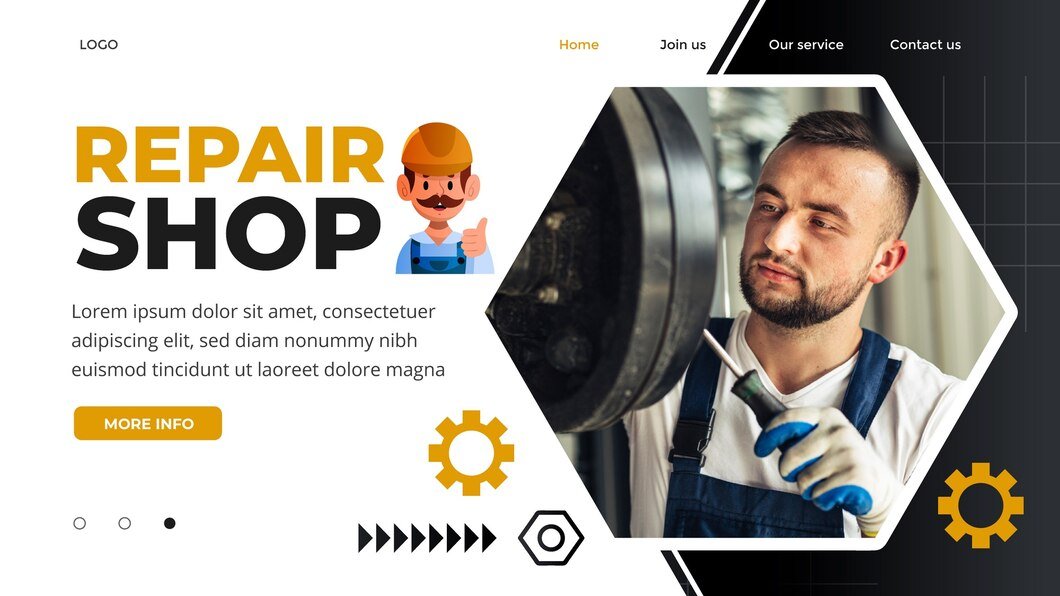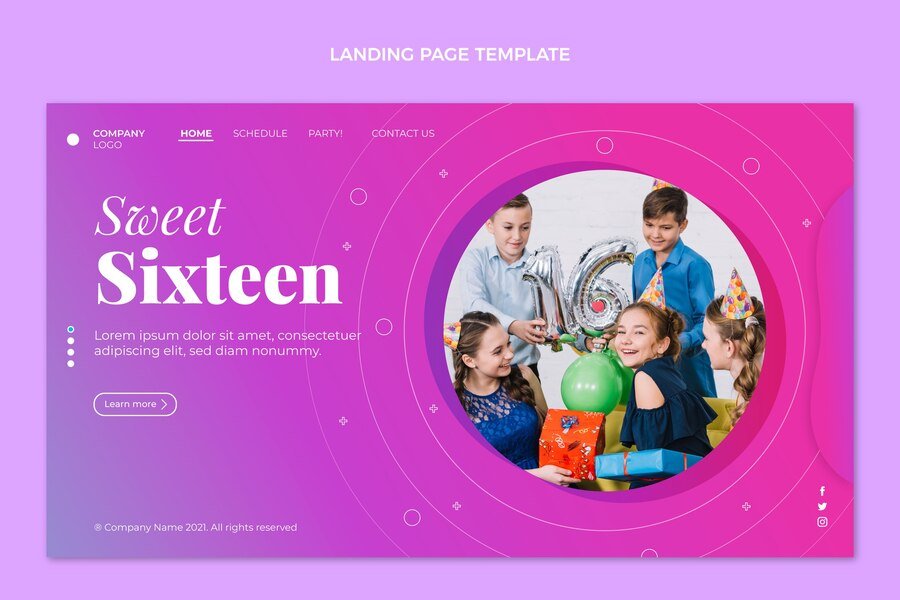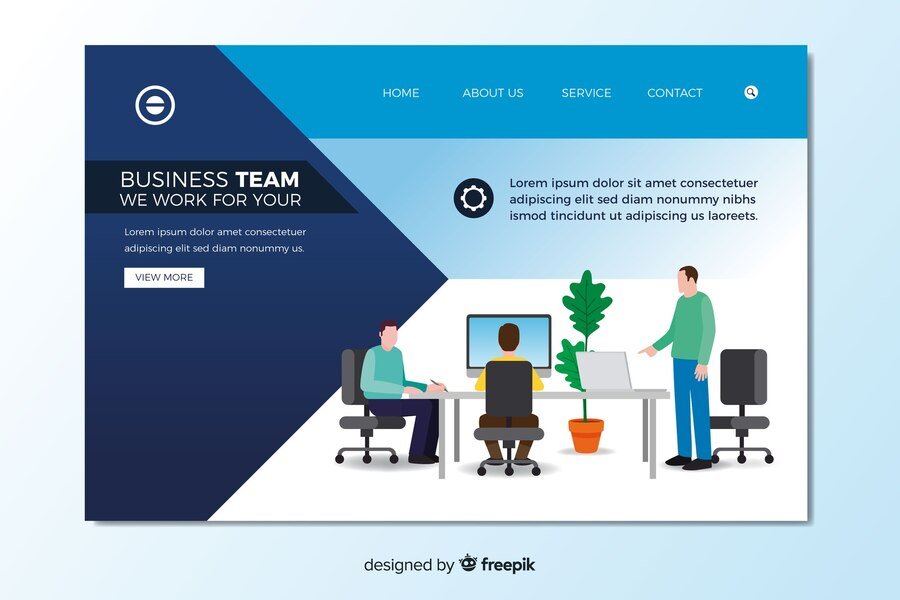In today’s digital age, having a mobile-friendly ecommerce website isn’t just beneficial—it’s essential. With more consumers relying on smartphones and tablets for their shopping needs, ensuring your ecommerce platform is optimized for mobile devices can significantly impact your business’s success. In this article, we’ll delve into the best practices for creating a mobile-friendly ecommerce website, covering everything from design and user experience to technical optimization and performance.
Why Mobile-Friendly Matters
The shift towards mobile commerce (m-commerce) has been profound in recent years. According to Statista, mobile commerce sales worldwide are projected to surpass 3.5 trillion US dollars in 2021, highlighting the growing importance of catering to mobile users. Here are some key reasons why having a mobile-friendly ecommerce website is crucial:
- User Preference: A large majority of users prefer shopping on mobile devices due to convenience and accessibility.
- SEO Benefits: Google prioritizes mobile-friendly websites in search engine rankings, enhancing your site’s visibility and traffic.
- Conversion Rates: A seamless mobile experience can lead to higher conversion rates and lower bounce rates, translating into increased sales.
Best Practices for Mobile-Friendly Ecommerce Websites
1. Responsive Design
Implementing a responsive web design is fundamental to ensuring your ecommerce website adapts seamlessly to different screen sizes and devices. Key considerations include:
- Fluid Grid Layouts: Design your website using relative units like percentages instead of fixed units like pixels to ensure elements resize proportionally.
- Flexible Images and Media: Use CSS media queries to adjust image sizes and resolutions based on device capabilities, ensuring fast load times without sacrificing quality.
2. Simplified Navigation
Mobile users value simplicity and efficiency. Optimize your navigation structure by:
- Clear Menus: Use collapsible menus or hamburger icons to save screen space while providing easy access to main categories and navigation links.
- Search Functionality: Implement a prominent search bar with autocomplete suggestions to help users find products quickly.
3. Mobile-Friendly Content
Tailor your content for mobile consumption to enhance readability and engagement:
- Concise Product Descriptions: Use short, compelling descriptions and bullet points to convey key features and benefits.
- Visual Content: Optimize images and videos for mobile viewing to maintain clarity and speed.
4. Page Speed Optimization
Mobile users expect fast-loading websites. Improve page speed by:
- Image Optimization: Compress images and use formats like WebP to reduce file sizes without compromising quality.
- Minify Code: Remove unnecessary characters and spaces from HTML, CSS, and JavaScript files to reduce load times.
5. Mobile Payment Options
Facilitate seamless transactions with mobile-friendly payment methods:
- Mobile Wallet Integration: Support popular mobile payment options like Apple Pay, Google Pay, and PayPal for faster checkout experiences.
- Guest Checkout: Allow users to complete purchases without creating an account to streamline the checkout process.
6. Testing and Optimization
Regularly test your website across different devices and browsers to identify and fix any usability issues:
- User Testing: Conduct usability tests with real users to gather feedback on navigation, checkout flow, and overall user experience.
- Performance Monitoring: Use tools like Google’s PageSpeed Insights and Lighthouse to monitor performance metrics and make data-driven optimizations.
7. SEO and Mobile-Friendly Practices
Enhance your website’s visibility in search engine results by implementing SEO best practices for mobile:
- Mobile-First Indexing: Ensure your mobile and desktop content are consistent, as Google primarily uses the mobile version of your site for indexing and ranking.
- Local SEO: Optimize for local searches by including relevant keywords and location-based information.
Conclusion
Creating a mobile-friendly ecommerce website involves a combination of strategic design, technical optimization, and user-centric practices. By prioritizing responsive design, streamlined navigation, fast page speeds, and mobile-friendly content, you can enhance user experience, increase conversions, and stay ahead in today’s competitive ecommerce landscape. Regularly updating and optimizing your site based on user feedback and performance metrics will ensure your ecommerce business remains relevant and successful in the mobile-first era.
Incorporating these best practices not only meets the expectations of mobile consumers but also positions your ecommerce business for sustained growth and profitability. Embrace the mobile revolution today and watch your online sales soar.








